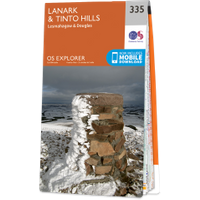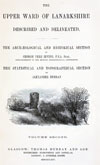

Eastend is a 16th century tower incorporated within a later mansion house.
The earliest origins of Eastend are unclear, but there is thought to have been a castle on this site owned by the Carmichael family since the 13th century. Unfortunately the majority of the family’s papers from before 1677 were accidentally destroyed.
The Carmichaels also owned the castle of Carmichael nearby. It is not known which of the two branches of the family is the oldest, some sources asserting that the Carmichaels of Carmichael are older than the Carmichaels of Eastend, while others insist the opposite. It may also have been the case originally that Eastend was used by the eldest son and heir of the head of the family at Carmichael.
One version has it that Eastend became the home of a branch of the Carmichaels of Carmichael which separated from the main line around 1500. The oldest visible part of the building, a rectangular keep, dates from around this time, although it is said to incorporate earlier work.
The keep was originally three storeys in height, plus a garret within a crenellated walkway with bartizans at each corner. It had a vaulted basement, with the main doorway being at first floor level.
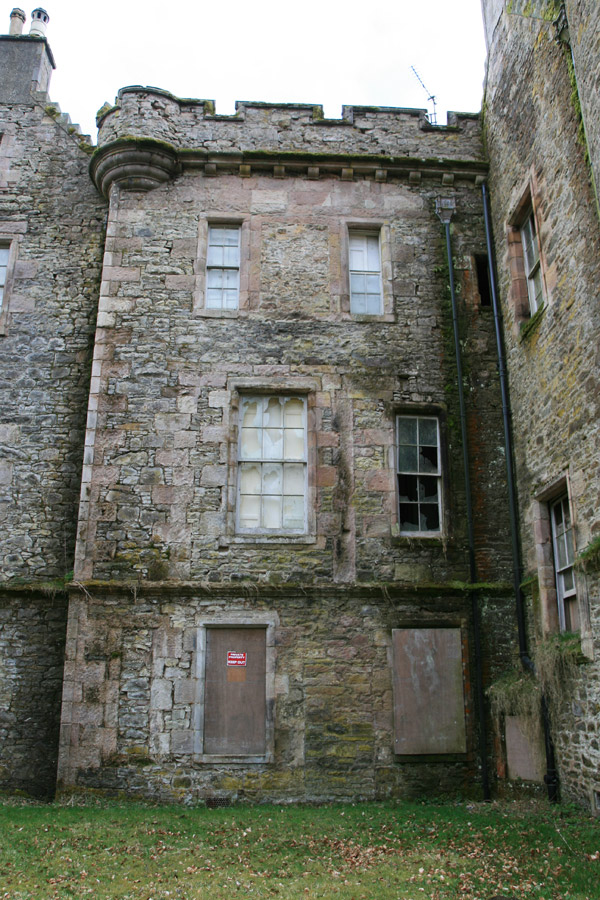
Although Carmichael appears on early maps, Eastend doesn’t appear to. However a castle named Wairnhill does appear on Joan Blaeu’s map of 1654, based on a late 16th century Timothy Pont map.
Wairnhill’s location could be interpreted as approximately where Eastend is – south-east of Carmichael and west of Covington Tower. Warrenhill is the name of the Carmichael farm midway between Carmichael and Eastend.
Could Wairnhill / Warrenhill be an earlier name for what is now known as Eastend?

Joan Blaeu, 1654
When the castle at Carmichael was destroyed by Cromwell, Eastend appears to have escaped unharmed. It has been suggested that while the Carmichaels of Carmichael were Royalists, the Carmichaels of Eastend may have been loyal to the Government.
Four storey wings were added to the east and west sides of the keep in 1673, with crow-stepped gables, forming a U-plan in shape. At this time the vaulting was removed from the ground floor of the keep, and much of its interior gutted during the installation of a grand wooden staircase. A string course was added between the ground floor and first floor levels, and the windows in the keep were enlarged.

The space between the two new wings was filled in in the 18th century with the addition of bow-fronted façade.
When a John Carmichael died unmarried and without an heir in 1789, Eastend passed to his nephew Maurice Carmichael, son of Michael Carmichael of Hessilhead.
Maurice’s son, another Michael, married Mary MacQueen Thomson Honyman, the daughter and heiress of William Thomson Honyman of Mansfield, Ayrshire. Upon their marriage, they took the name of Thomson-Carmichael.
In 1851 they commissioned a large Scots baronial wing was added to the west by David Bryce.

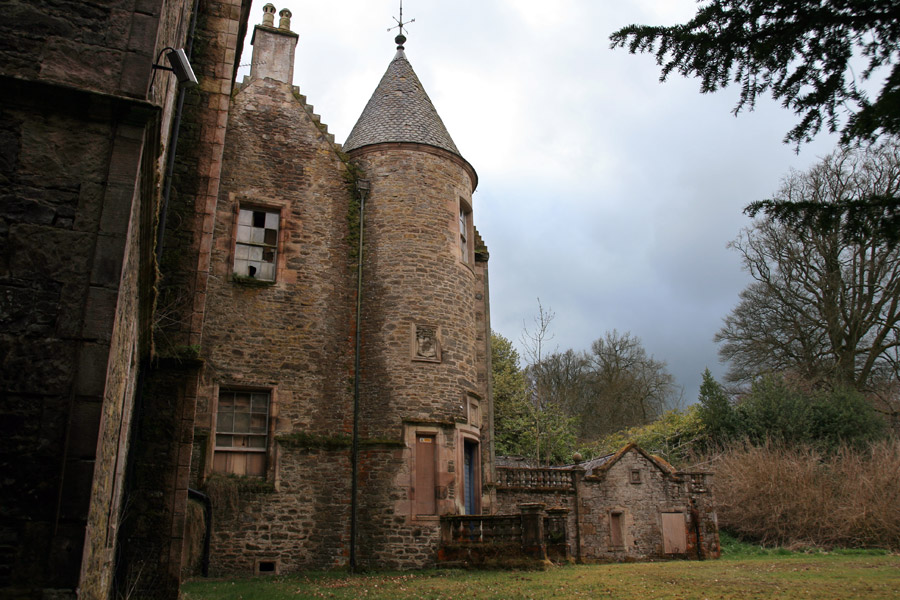
At the same time a round tower was added in the re-entrant angle between the new wing and the old keep, which contains the main entrance.

The building features several carved panels carrying the initials “MTC” and “MMT”, for Michael Thomson-Carmichael and his wife Mary MacQueen Thomson.
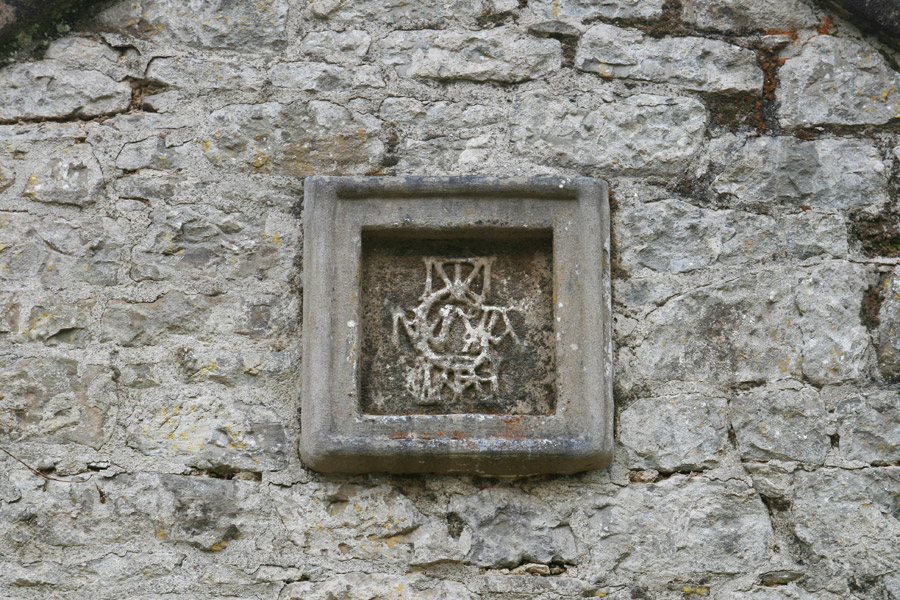
On the left side of the round tower is a carved armorial panel containing the combined arms of the Carmichael and Thomson families, with their respective mottoes “Toujours Prest” (“always ready”) and “Optima Est Veritas” (“truth is best”).

Michael Carmichael died in 1875, and was succeeded by his son, another Maurice. Maurice married Alice Isabella Henrietta Walker-Drummond, a descendant of the Drummonds of Hawthornden. They had three children and Eastend eventually passed to one of them, Edith Gertrude, who had married Henry Montgomery McNeil Hamilton of Broomhill and Raploch in 1896.
Eastend was occupied by the General Staff of the Polish Army in 1940, and there is a marble plaque inside the house which commemorates this.
Following the Second World War the house returned to the McNeil Hamiltons, and following Edith’s death in 1959 it passed to two of her daughters, Miriam Millicent and Enid McNeill Hamilton. Enid died in 1979, but Miriam continued to live at Eastend until her death in 1991.
At this time her cousin, Richard Carmichael who had inherited Carmichael House in 1980, exchanged land he owned at Crossridge with Miriam’s heirs for Eastend, bringing it back into the wider Carmichael Estate.
Unfortunately Eastend is riddled with dry rot, and attempts to find a use for it and effect a rescue plan have so far failed, leaving the house derelict and deteriorating.
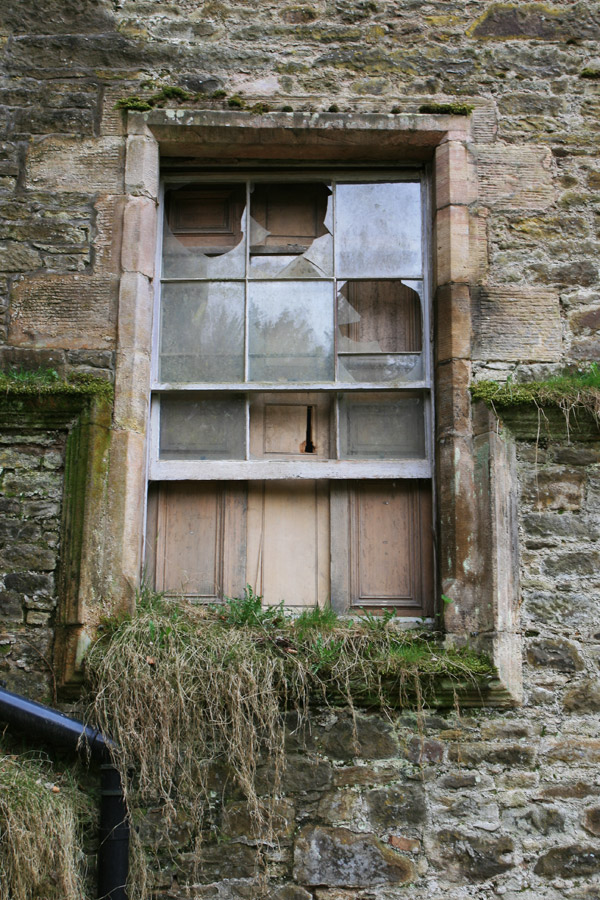

Alternative names for Eastend
Eastend House


